What are the different types of packaging design boxes?
Confused about which box is right for your product? Choosing incorrectly can hurt your brand and waste money. Let me help clarify the different packaging box types available.
There isn't one simple answer, but common box types include folding cartons (like cereal boxes), rigid boxes (like luxury gift boxes), and corrugated boxes (for shipping). Each serves different needs in protection and presentation.s different needs in protection and presentation.**
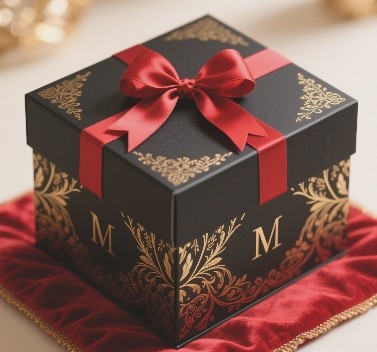
Understanding these basic types is just the start. We need to look closer at the details to really figure out what works best for different situations. Let's explore some common questions people ask about packaging boxes.
How many types of packaging boxes are there?
Feeling overwhelmed by all the packaging choices? It can be tough knowing where to even begin with so many options. Let's try to group them into main categories.
It's hard to put an exact number on it, but packaging boxes generally fall into three main categories: folding cartons, rigid boxes (or set-up boxes), and corrugated boxes. Many variations exist within these groups.

Let's dive deeper into these main types. Think about what you need the box to do. Is it for direct display on a shelf, shipping protection, or creating a luxury feel?
- Folding Cartons: You see these everywhere. They are usually made from a single layer of paperboard. We fold them flat for shipping and then assemble them when needed. Think of cereal boxes, medicine boxes, or cosmetic packaging. They are cost-effective for large volumes and offer good space for printing graphics.
- Rigid Boxes (Set-up Boxes): These are the premium choice. They don't fold flat and feel much sturdier because they use thicker paperboard wrapped in paper or other materials. I see these used a lot for high-end products like electronics, perfumes, and especially jewelry boxes. They give a feeling of quality. At Kylin Machine, we specialize in the technology to make these boxes efficiently, ensuring that premium look every time. They often come in two pieces (base and lid) but have many styles.
- Corrugated Boxes: These are your workhorses, mainly used for shipping. They have that wavy layer (fluting) sandwiched between flat linerboards. This structure gives them strength to protect goods during transport. The thickness and flute type (like B-flute, C-flute, E-flute) change how strong and printable they are. You see them as standard shipping boxes, mailers, and sometimes even for store displays.
What are the main types of packaging materials?
Choosing the material seems tricky, right? The wrong material can fail to protect your product, cost too much, or just look wrong. Let's look at the common materials used for boxes.
The most common packaging materials for boxes are paper-based, like paperboard (for folding cartons and rigid boxes) and corrugated fiberboard (for shipping). Plastic, glass, and metal are used too, but less often for boxes themselves.
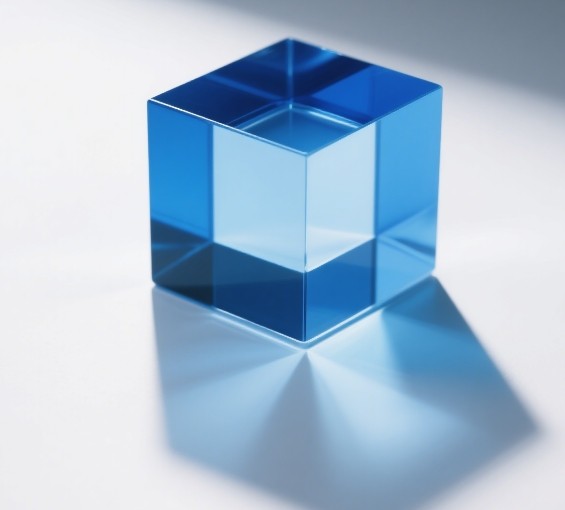
The material is the foundation of your box. It affects strength, appearance, cost, and sustainability. Let's explore the key ones, especially those relevant to the boxes we've discussed.
Paper-Based Materials
These are incredibly versatile and widely used.
| Material Type | Description | Common Uses | Notes |
|---|---|---|---|
| Paperboard | Thicker than paper, single layer. Various types exist (SBS, CUK, Chipboard). | Folding Cartons, Rigid Boxes, Backing cards | Good print surface. Recyclable. Quality affects premium feel. |
| Corrugated Fiberboard | Multiple layers (linerboard, fluting medium). | Shipping Boxes, Mailers, Point-of-Purchase Displays | Strong, protective. Different flute sizes offer varying strength. |
| Chipboard | Often made from recycled paper. Usually grey or brown. | Inner structure of Rigid Boxes, Partitions, Pads, Tube cores | Less refined surface, often covered or laminated. |
Paperboard quality is crucial for things like jewelry boxes where the feel matters as much as the look. Using high-quality paperboard, often laminated with special papers, creates that luxury experience. Our machines at Kylin are designed to work precisely with these materials for perfect results.
Other Materials
While less common for the box structure itself (except plastic sometimes), other materials play roles:
- Plastic: Used for windows in boxes, blister packs, or sometimes entire containers (like clamshells). PET and PVC are common. Less focus for us at Kylin, as we concentrate on paper-based box machinery.
- Glass & Metal: Used for primary containers (jars, cans) which might then go inside a paperboard or corrugated box.
Sustainability is a big factor now. Paper-based materials often have an advantage here, being renewable and easily recyclable compared to many plastics.
How many types of packaging design are there?
Does the world of packaging design seem endless? It's easy to feel lost trying to define exactly what kind of design you need. Let's break down what 'packaging design' can mean.
"Packaging design" can refer to the visual look (graphics, color) or the structural design (how the box is shaped and folds). Structurally, common designs include tuck-end boxes, mailers, sleeve boxes, and various rigid box styles.

Visual design is about branding and shelf appeal. Structural design is about function, protection, and the user experience (how it opens and closes). Since we're talking about box types, let's focus on structural design types.
Common Structural Designs
-
Folding Carton Styles:
- Tuck End Boxes (STE/RTE): Have flaps on top and bottom that tuck in to close. Very common.
- Mailer Boxes (RETT): Roll End Tuck Top styles often used for e-commerce. Self-locking, sturdy.
- Snap Lock Bottom (1-2-3 Bottom): Bottom flaps lock together for strength. Faster assembly than tuck ends.
- Sleeve Boxes: A paperboard sleeve slides over a tray or the product itself.
-
Corrugated Styles:
- Regular Slotted Container (RSC): The standard shipping box we'll discuss next.
- Half Slotted Container (HSC): A box body with no top flaps, needs a lid.
- Die-Cut Boxes: Custom shapes cut from corrugated board, like mailers or display stands.
-
Rigid Box Styles: This is where premium packaging shines, and where Kylin Machine's equipment excels.
- Lid and Base (Two-Piece): The classic gift box or jewelry box style. Can be full or partial telescope (lid depth).
- Hinged Lid Box: Lid is attached to the base. Can have magnetic closures.
- Drawer Style (Slider Box): A sleeve with a sliding inner drawer. Creates a nice reveal.
- Collapsible Rigid Box: Ships flat like a folding carton but assembles into a sturdy rigid box. Saves space and shipping costs. Our specialized machinery helps create these complex structures with precision.
Choosing the right structural design impacts how the product is protected, presented, and perceived. For luxury items, the structure is part of the brand message.
What is the difference between RSC and HSC boxes?
Heard these acronyms like RSC and HSC thrown around? Ordering the wrong type of shipping box can cause problems. Let me give you a simple explanation of these common corrugated styles.
An RSC (Regular Slotted Container) is a standard box with four flaps on top and bottom that meet in the middle. An HSC (Half Slotted Container) is similar but has no top flaps, requiring a separate lid.
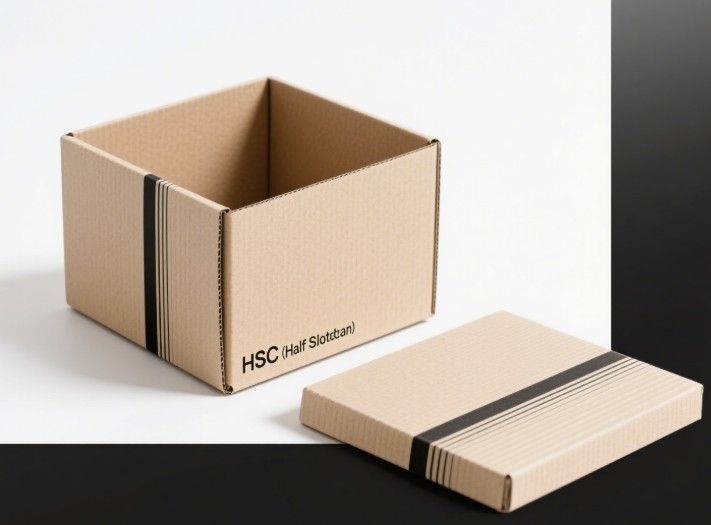
Let's break down these two workhorses of the corrugated world. While my focus at Kylin is more on the machinery for premium rigid boxes, understanding these basic shipping styles is important for anyone in packaging.
RSC – Regular Slotted Container
- Structure: This is the most common type of shipping box. All the flaps on the top and bottom have the same length. The two outer flaps meet precisely in the center when closed. The inner flaps don't meet.
- Assembly: Requires tape or glue to seal both the top and bottom flaps.
- Material Use: Very efficient design, minimizes manufacturing waste.
- Pros: Cost-effective, versatile, widely available, good protection for many products.
- Cons: Needs sealing on both ends. Doesn't offer easy top access without cutting tape.
- Use Cases: Shipping almost anything, moving boxes, general storage.
HSC – Half Slotted Container
- Structure: Imagine an RSC box, but with the top flaps completely removed. It's essentially a tray with bottom flaps constructed just like an RSC's bottom.
- Assembly: Needs tape or glue for the bottom flaps. Requires a separate lid to close the top. The lid is often a simple tray style (Design Style Tray - DST) or a custom lid.
- Material Use: Uses less board for the body than an RSC, but requires additional material for the lid.
- Pros: Allows easy access to contents from the top, good for displaying products once the lid is removed (like produce), can handle heavy items when used with a secure lid.
- Cons: Requires a separate lid, potentially higher overall cost depending on lid design, less structural integrity on top without the lid.
- Use Cases: Transporting items that need easy loading/unloading (like bulk items), products where the container becomes part of a display, items that are picked frequently from the box.
So, the main difference is simple: RSC has top flaps, HSC does not and needs a lid. Your choice depends on how the product will be packed, shipped, and accessed.
Conclusion
We've covered different box types, materials, and designs from basic cartons to premium rigid boxes. Choosing the right packaging truly matters for protection, branding, and customer experience.
For high-quality rigid boxes, especially for luxury goods like jewelry, having the right machinery like ours at Kylin Machine ensures precision and that essential premium finish.


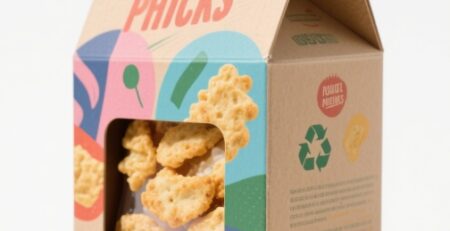
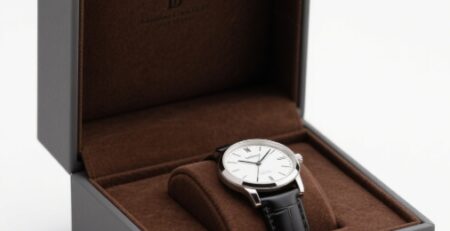
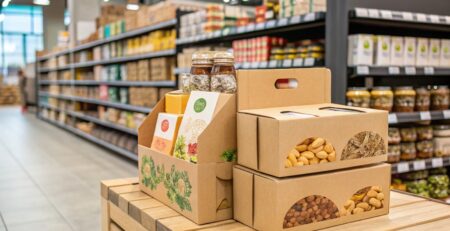
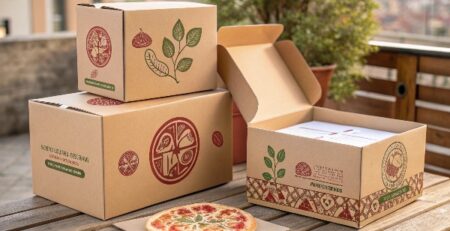
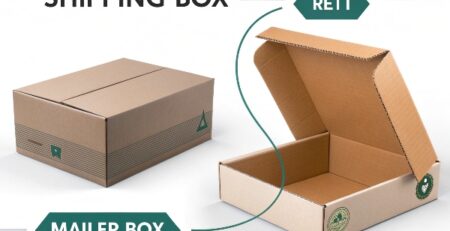
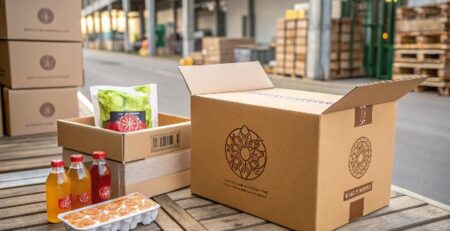


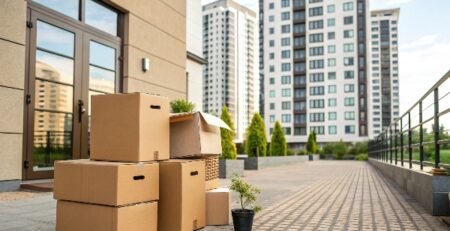
发表回复